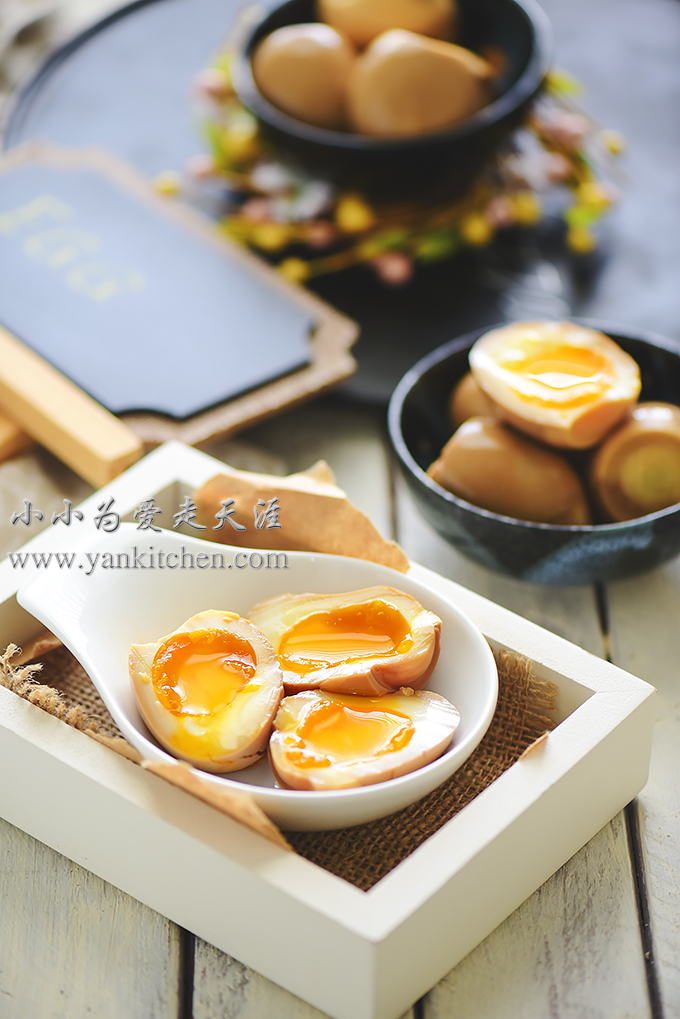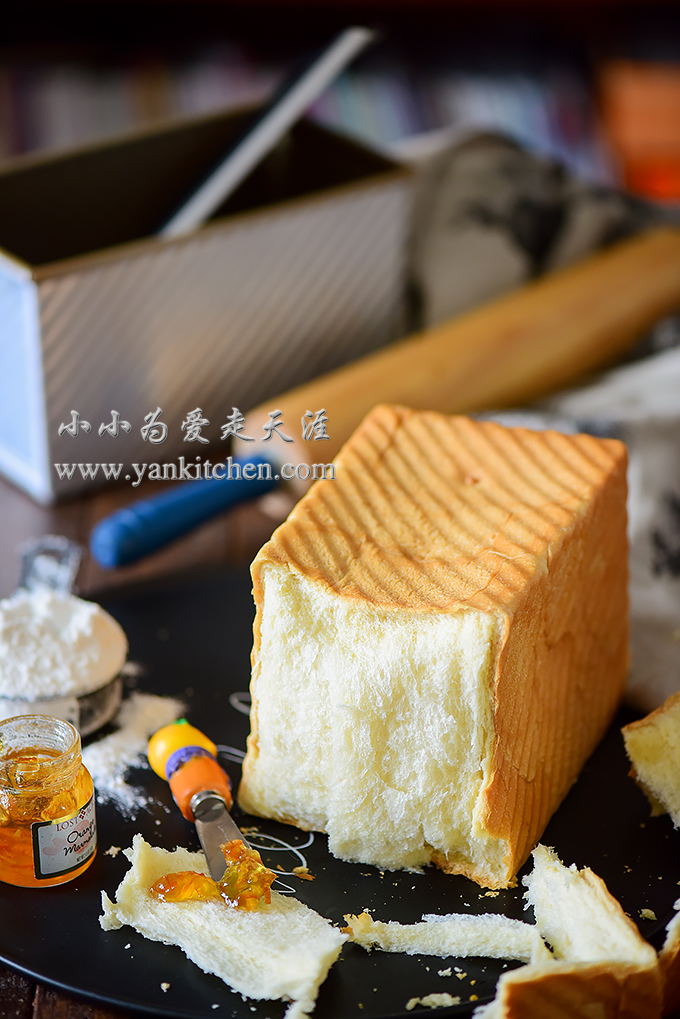中文版: 春天到Brenham看野花,吃冰激凌去
The most exciting events in spring for us are wildflower touring and crawfish festivals. We make plans to going to Brenham and Austin to see wildflowers every year. The plans don’t always get carried out because the wildflowers’ peak time is very short. Besides, wildflowers are affected by many other factors like temperature and rainfall.
This year, we finally have a perfect wildflower tour to Brenham during bluebonnets peak time. Hooray!
Bluebonnets are literally everywhere! You can spot them along the highways, country roads, parks, farms…you name it.
The very first stop we make in Brenham is of course the Blue Bell ice cream store.
They are not open during weekends anymore. There are no more factory tours either. But the ice cream store is still there selling delicious ice cream for a very reasonable price.
You can still peak through the glass from observation deck on the second floor. No photos are allowed in that area. To be honest, you don’t get to see much from observation deck.
A lot of people come here in large groups. The parking lot is full of cars and buses.
The ice cream store is on the second floor, same as observation deck.
Look at the flavors they produce
There are flavors sold the store
Did I mention the price is very reasonable? O(∩_∩)O~
rocky road and mocha almond fudge
moo-llenium crunch and strawberry cheesecake
The ice creams here are a bit too sweet for us. And I wish they could be creamier.
Peachy peach
It is surprisingly good. There is an intense peach flavor, and very sweet and creamy with large peach pieces.
There is also a visitor center right next to the ice cream store where you can experience blue bell history.
I guess this is the oldest ice cream machine O(∩_∩)O~
It is peak time for bluebonnets. You can spot them everywhere.
We drive up north to Independence
There is Antique Rose Emporium right on highway 50. We stop by every time.
They sell all kinds of roses, plants, bushes and herbs here.
Old Baylor Park
The bluebonnets are not very good here this year. But it is still a very nice picnic spot.
On our way back to Brenham, we come across a very large field of blue bonnets. I am totally amazed by its beauty and colors.
Indian paintbrush
Not sure what these blue/purple white flowers are. They are also very lovely.
Sun is coming down. I take a few more photo shots and head back to Houston O(∩_∩)O~









































































































































